Dune: 13 Standout Differences Between Denis Villeneuve’s Two Movies And Frank Herbert’s Book
The movies are faithful adaptations with a few key changes.
SPOILER WARNING: The following article contains spoilers for Dune: Part One and Dune: Part Two. If you have not yet seen either film, proceed at your own risk!
Adapting Frank Herbert’s Dune has long been a dream of writer/director Denis Villeneuve’s, and faithfulness has always been an important part of the equation. Case in point: the filmmaker knew that the entire book couldn’t fit into a single feature, and he made a gamble bringing the work to the big screen in two parts (with no guarantees that the second part was going to get made). One of the most exciting things about the two films for fans is that the blockbusters very much are the novel brought to life with perfectly cast characters… but that isn’t to say that there aren’t some standout deviations from the source material to be found.
Denis Villeneuve and his fellow filmmakers adapt everything that’s great about the book and important within the story, but there are some notable omissions and changes that are nonetheless worthy of talking out. Some of these alterations are a part of bringing the narrative into a different medium, and some are a result of optimizing drama and/or themes. If you’re familiar with Frank Herbert’s Dune these details from both 2021's Dune: Part One and 2024's Dune: Part Two probably stood out to you.
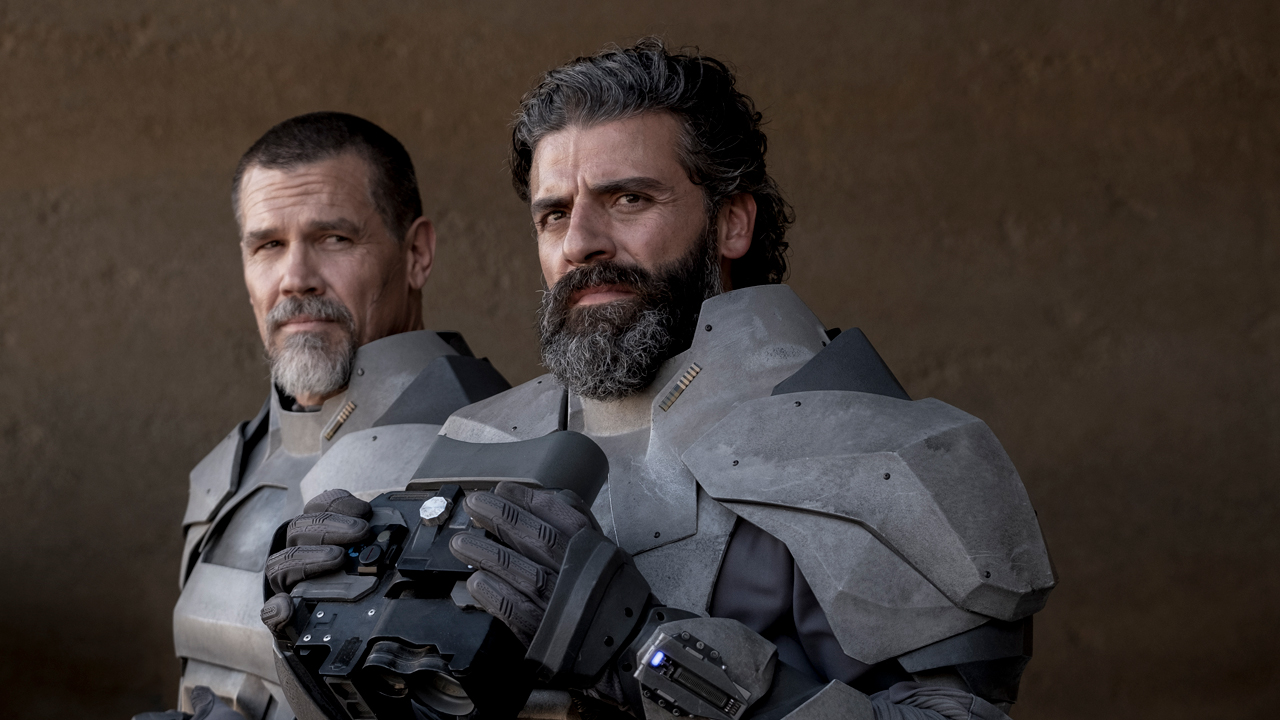
Duke Leto Doesn’t Host A Dinner Party Upon Arrival On Arrakis
Dune: Part One is the more accurate half of the two-part adaptation, but it does make some alterations – including the elimination of the dinner party scene from the book. In the novel, the arrival of House Atreides on Arrakis is celebrated as Duke Leto and his people host a banquet for key people in the planet’s society. It’s during this meal that the Duke begins to reveal some of his plans for the future, which involve radical changes from the status quo.
In the making of Dune: Part One, it seems that this scene was deemed superfluous. We learn through other sequences – like Leto and Paul’s one-on-one convo on Caladan and the meeting with Stilgar – what is being planned for Arrakis’ future, and it’s done without introducing a whole bunch of characters that the audience doesn’t need to know about.
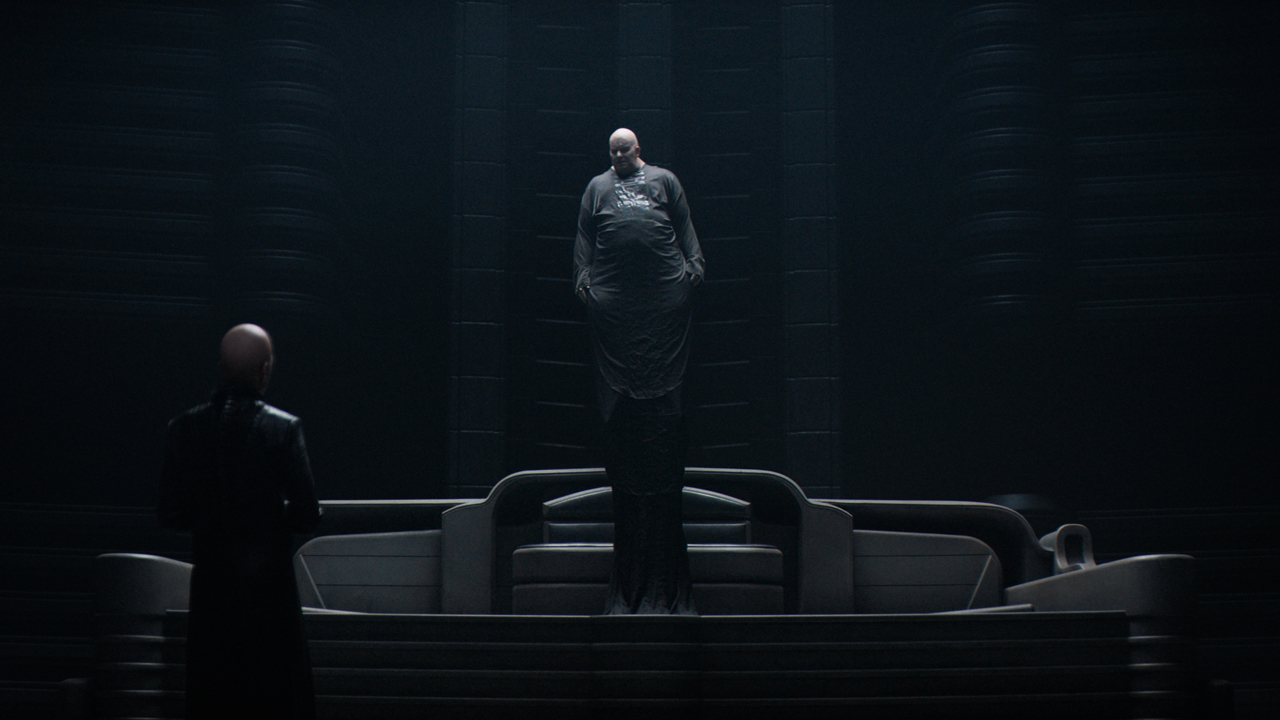
Duke Leto Actually Manages To Hurt The Baron In His Failed Assassination Attempt
Duke Leto Atreides is a tragic figure in the lore of Dune. He is pure-hearted and righteous, and he is ultimately assassinated because of those positive qualities after being betrayed by a person that he trusted. There is no getting around the sadness in the character’s death… but at the very least, the film does let him get one last shot in against his greatest enemy.
Just as in the book, Leto tries to kill Baron Vladimir Harkonnen by biting down on a trick molar and breathing poisonous gas into the antagonist’s face, but in Frank Herbert’s version of events, this is wholly ineffectual, and the Baron walks away from the encounter unscathed. In the adaptation, the plan doesn’t work out as hoped, but the Baron is affected by the poison and has to medically recuperate in a giant vat of oily goo.
Your Daily Blend of Entertainment News
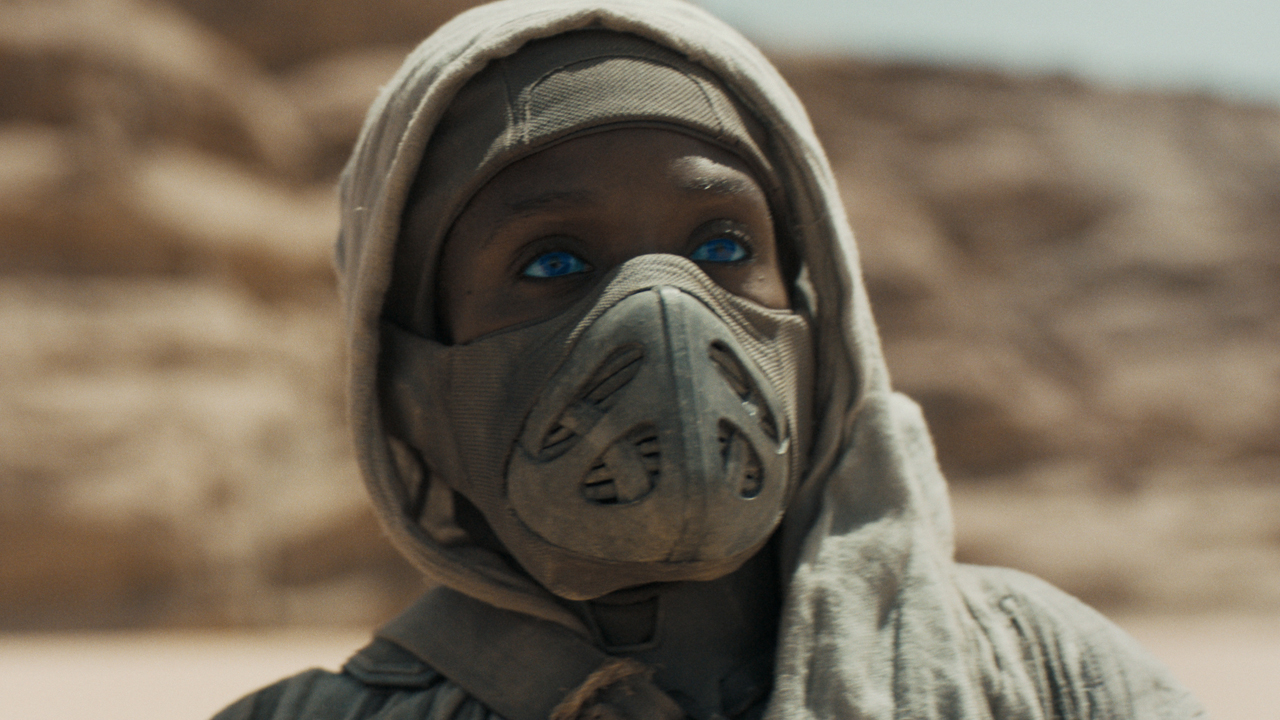
Liet-Kynes Dies Heroically Instead Of Delusional In The Desert
Liet-Kynes being gender swapped for Dune: Part One is not a notable change all by itself, as it’s not a character at all defined by his masculinity, but there are still two deviations from the text that involve the character. The first involves the manner of their death. In the novel, Liet-Kynes is punished by the Harkonnens for his allegiance with the Atreides, and he is left out in the desert to die. After becoming dehydrated and delusional from heat exhaustion, he is killed when he is caught in a naturally occurring event on Arrakis called a Spice blow.
In the film, Liet-Kynes goes out much more heroically. After helping Paul and Lady Jessica escape, she plans on hitching a ride on a worm to reunite with the Fremen, but she is stabbed by a Sardaukar soldier before a maker can be summoned. Before she dies, she praises Shai Hulud and thumps her fist on the sand – summoning a worm to devour her and her enemies.

Chani Isn’t Said To Be Liet-Kynes’ Daughter
The other big change with Liet-Kynes concerns paternity/maternity. In Frank Herbert’s version, Liet-Kynes is revealed to Chani’s father, but that familial relationship is never mentioned in either Dune: Part One or Dune: Part Two. It’s possible that Liet-Kynes is Chani’s mother in the movies, as another character is never introduced as her mother, but it’s never made a specific part of the canon.
It’s an understandable choice: if Chani’s parent just so happens to be another important character who appears earlier in the story, it makes the world of the film feel small – which is counterintuitive to the revelation that there are millions upon millions of Fremen living on Arrakis undetected.
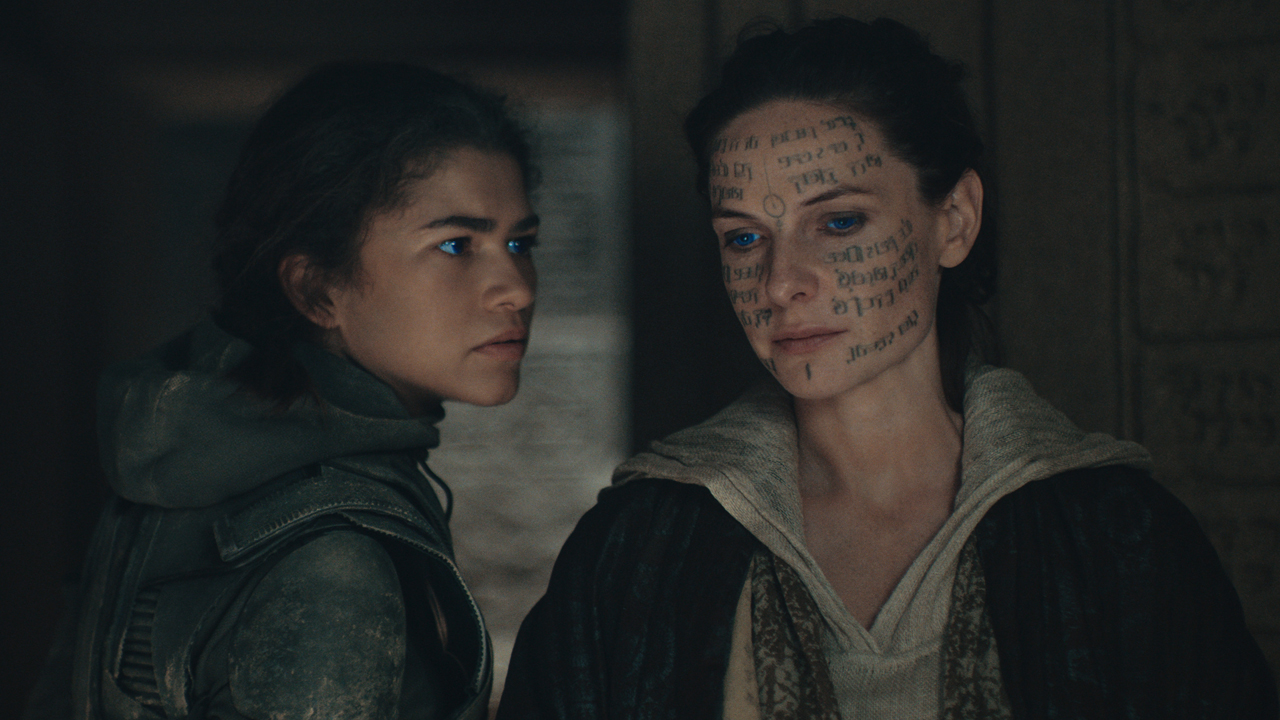
Chani Is Made To Be Staunchly Anti-Prophecy
There is a deep love that develops between Paul and Chani over the course of the story in Dune, and that passion is translated to the big screen in Dune: Part One and Dune: Part Two – but the version of the character played by Zendaya has more dimensions than the one on the page.
Frank Herbert’s Chani follows Paul wherever he goes and has his full trust, but there is an important conflict that is developed in Denis Villeneuve’s adaptations. The big screen version of the character hates the Bene Gesserit-planted prophecies that have taken root in Fremen culture, and while many see Paul as their messiah, she refuses to look at him through that lens. Naturally, she is horrified when her love fully embraces the prophecy at the end of Dune: Part Two.
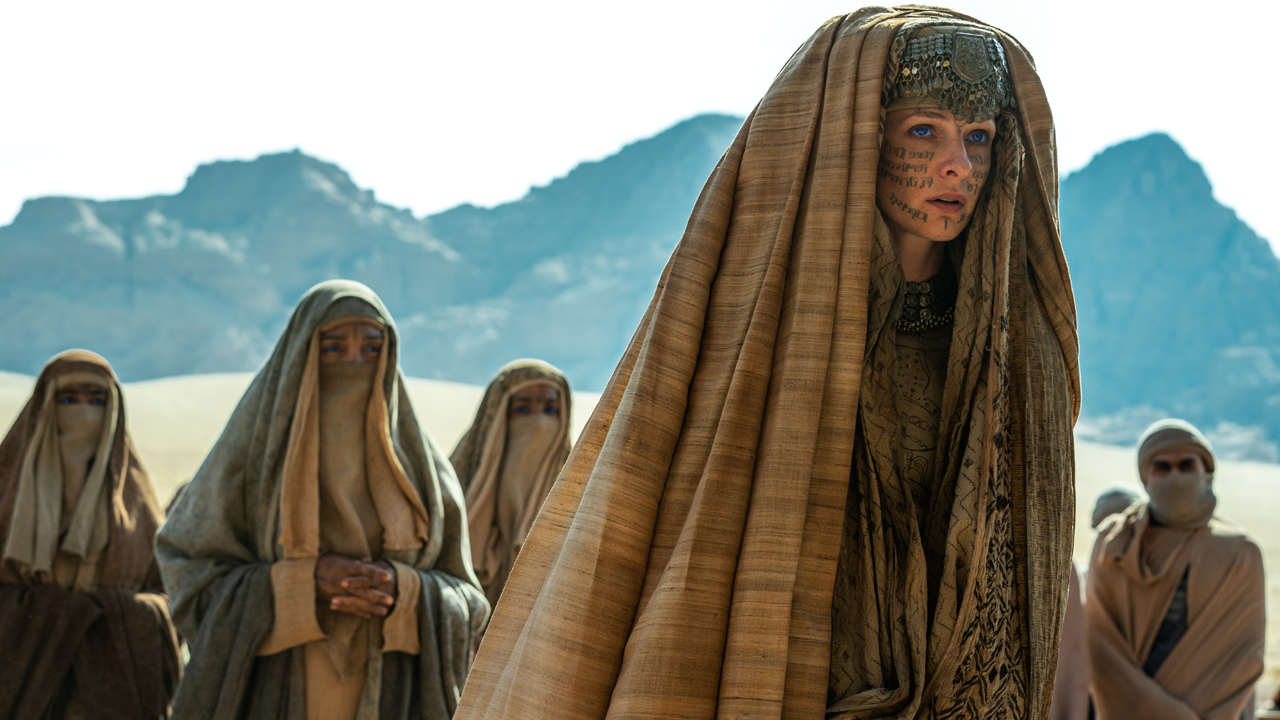
The Idea Of Fremen Southern Fundamentalists Is Original
In addition to Chani’s perspective on the faith, another standout deviation from the text regarding the influence of Bene Gesserit prophecy on Arrakis is the introduction of the idea that the Fremen living in the southern hemisphere of the planet is far more zealous than those who live in the north. The presented example of this is Stilgar, who is said to be from the south and is eager to accept every sign that Paul is the Lisan al Gaib.
It’s a smart change made by the filmmakers for the adaptation in that it introduces a literal line for Paul to not cross. If he does make his way south and meets with the leaders of the Fremen, he will seal his fate to lead a horrific jihad across the cosmos.

Shishakli’s Role Is Expanded
If you don’t really remember Shishakli from Frank Herbert’s Dune, that’s understandable. The character has a very small role to play in the book; their biggest contribution is giving Paul a pair of hooks when he is planning his first sandworm ride. In Dune: Part Two, however, the part is made much larger.
Not just a rando member of Sietch Tabr, a gender swapped Shishakli is introduced in the film as Chani’s best friend and confidant – the person to whom she whispers when she is trying to get a proper read on Paul. She is also given a special death in the adaptation, killed by Feyd-Rautha off screen after the Harkonnens invade the sietch.

The Movie Doesn’t Do The Full Time Jump From The Book
Of all the changes made from the source material in both Dune: Part One and Dune: Part Two, this is the most consequential. In the book, Paul and Lady Jessica’s ingratiation into Fremen society comes along with a two year time jump. This does not happen in the adaptation. There is a montage sequence in Dune: Part Two that lightly brushes over Paul’s desert training, Jessica’s operations as Reverend Mother and the on-going guerrilla war against the Harkonnen Spice mining operations, but it doesn’t cover two years’ worth of events.
There are multiple ways in which this choice ends up impacting the adaptation, but the lack of time jump most notably ends up having two particularly important consequences concerning a pair of childbirths that don’t happen…
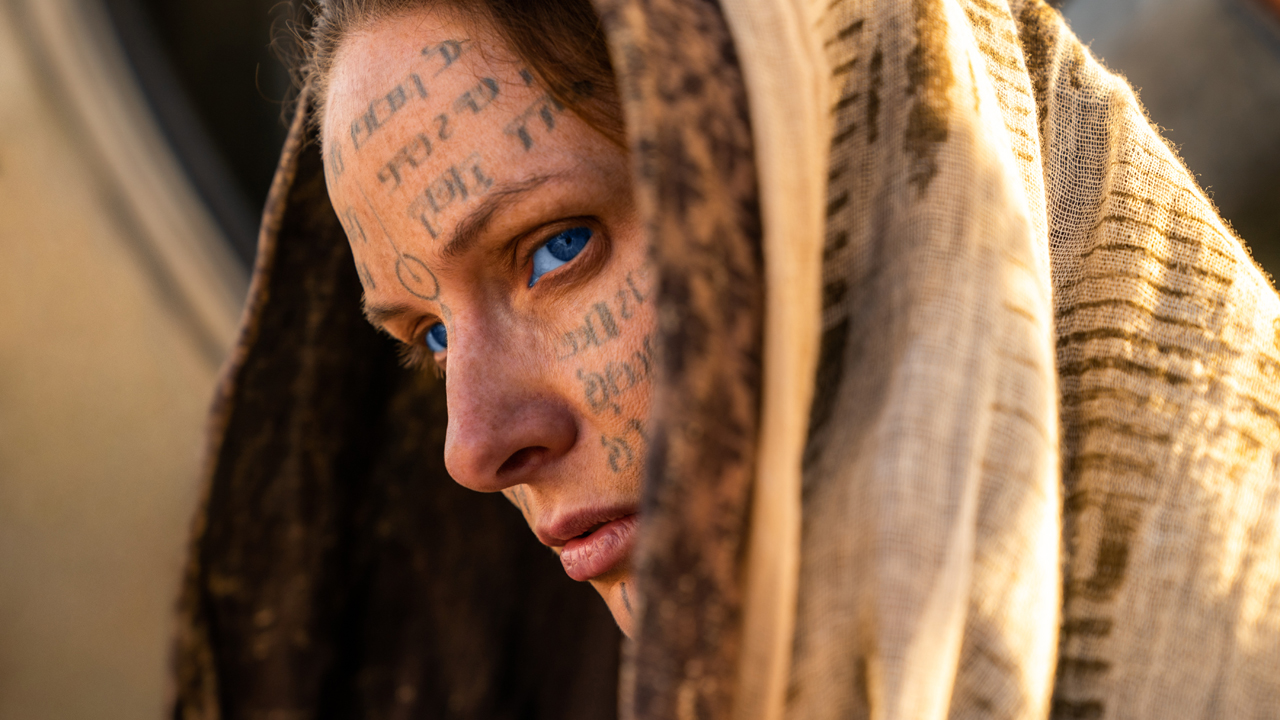
Alia Isn’t Born And Is Only A Fetus
It is during the time jump in Frank Herbert’s Dune that Lady Jessica gives birth to Alia. Because Jessica drinks the Water of Life while pregnant, the young girl is born advanced, extremely capable, and with a deep connection to the Bene Gesserit – which causes some to call her an abomination. She is an active character in the second half of the book, and is at one point abducted by the Harkonnens (more on that in a bit).
Because Dune: Part Two doesn’t feature the time jump, the film doesn’t feature the birth of Alia – which is a brilliant move because it’s a way of working around trying to somehow cinematically portray a hyper-intelligent toddler. Instead, Alia is established as a key player in the story because she is able to psychically communicate with Jessica from the womb. Together, they plot to manipulate the Fremen people into believing that Paul is the prophesized Lisan al Gaib.
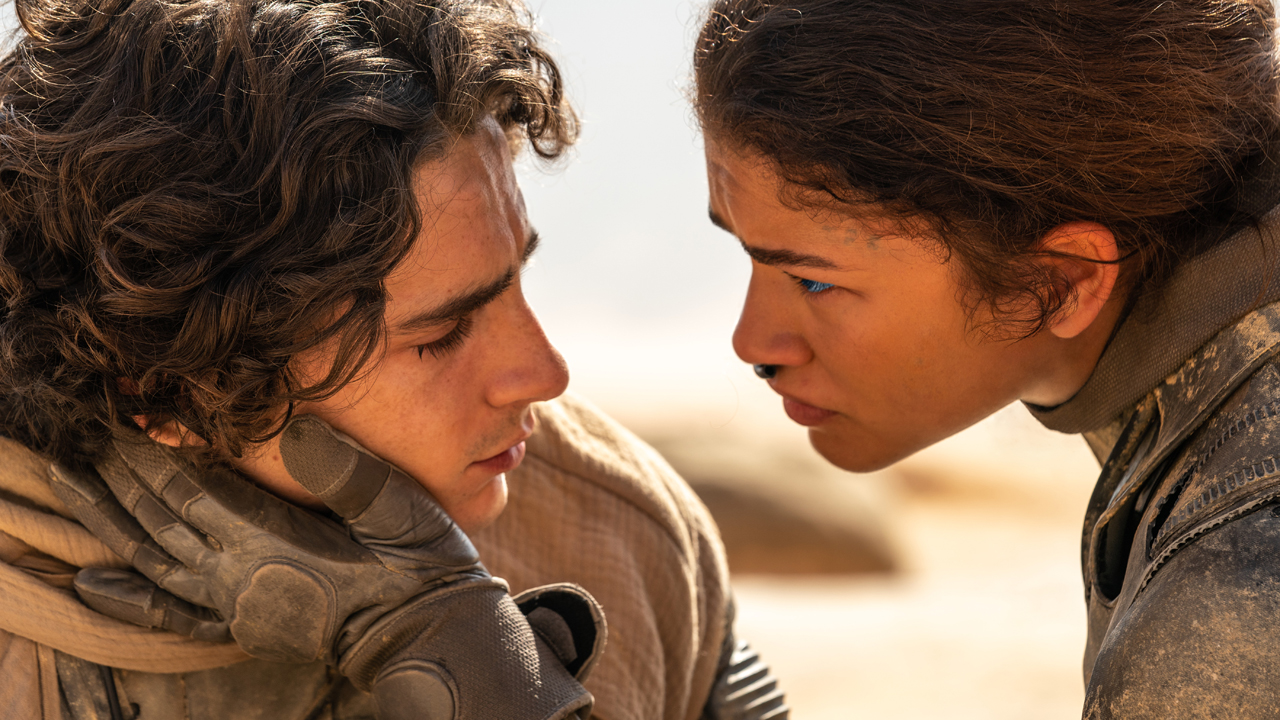
Paul And Chani Don’t Have A Baby Together, And Said Baby Isn’t Killed
The other baby that isn’t born in Dune: Part Two is the child of Paul Atreides and Chani. During the time jump in Frank Herbert’s book, the former impregnates the latter, and they have a son that they name after Paul’s father: Leto. Like his namesake, however, the baby dies tragically during an attack by House Harkonnen.
Paul and Chani have an intimate relationship in Dune: Part Two, but not enough time transpires in the story as adapted for them to get pregnant and have a child.
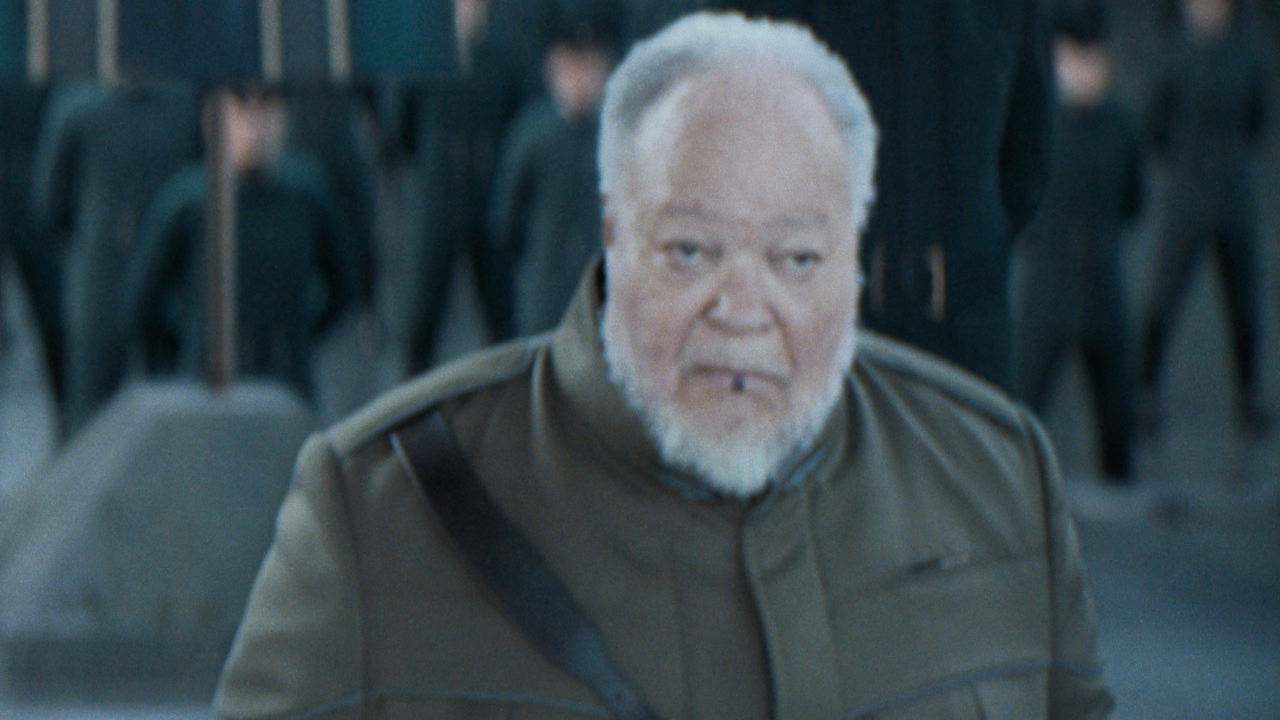
Thufir Hawat Isn’t Captured By Harkonnens
Here we have a special case of a change from the book to the movie. In the novel, the mentat Thufir Hawat is revealed to be one of the few surviving members of House Atreides following the attack by House Harkonnen and the Sardaukar on Arrakis – though his circumstances aren’t great. He is captured by the Harkonnens, poisoned, and forced to do their bidding so that he can get regular doses of antidote.
The reason why this is a special entry on this list is because there was an effort made to get this storyline into Dune: Part Two. Stephen McKinley Henderson was on the set of the sequel to reprise his role as Thufir Hawat from Dune: Part One, and he apparently worked with Austin Butler as Feyd-Rautha, but the material was cut from the final cut of the film.
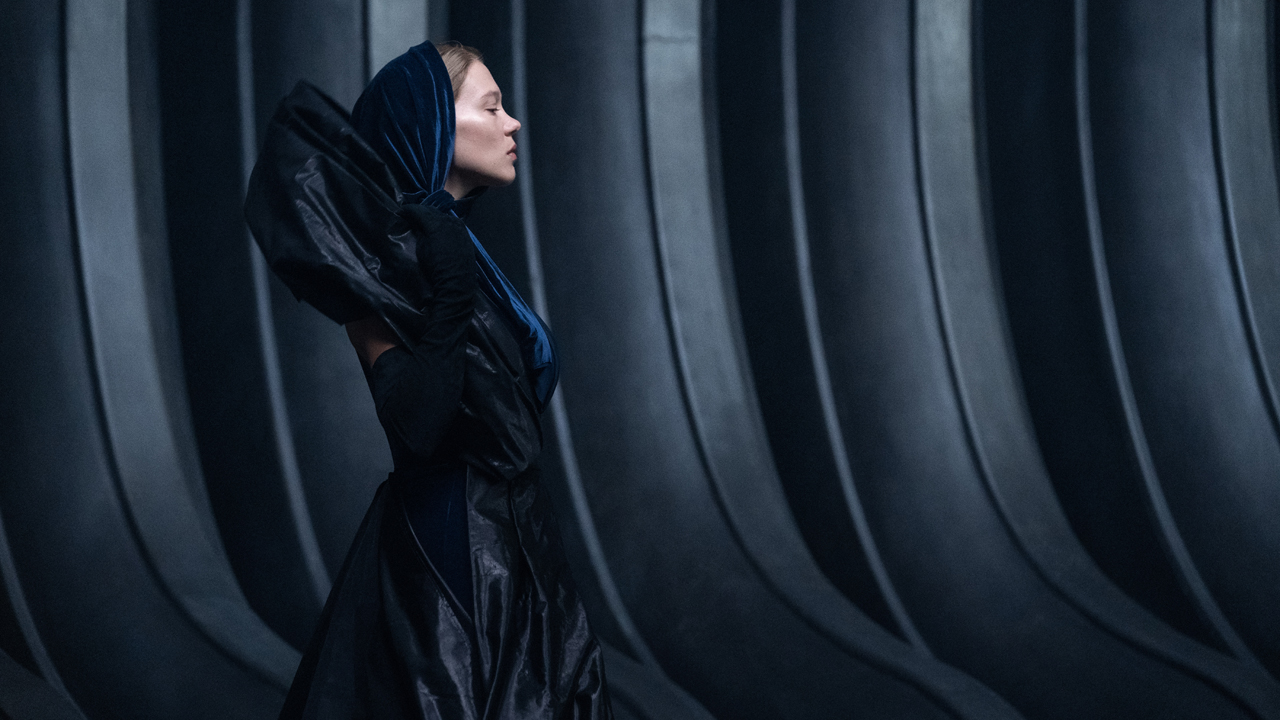
Despite The Presence Of Lady Fenring, Count Hasimir Fenring Is Nowhere To Be Found
Another character from Frank Herbert’s book that didn’t make it into the final cut of Dune: Part Two is Count Hasimir Fenring, who was meant to be played by Tim Blake Nelson. The character is a friend of Emperor Shaddam Corrino IV and his chief counsellor, but his scenes were not included in the version of the blockbuster that arrived in theaters.
The film does include Lady Fenring – a member of the Bene Gesserit who seduces Feyd Rautha as a way of ensuring the continuation of the Harkonnen bloodline – but her husband is left out of the picture.

Paul Kills Baron Harkonnen Instead Of Alia
As mentioned earlier, Frank Herbert’s book sees Alia Atreides abducted by the Harkonnens in a move meant to weaken the rebellious Fremen forces… but it’s an effort that doesn’t work out as planned because Alia is underestimated. She manages to escape her captors and uses a gom jabbar to stab and kill Baron Vladimir Harkonnen – revealing herself as his granddaughter while doing so.
Because Alia’s birth isn’t featured in Dune: Part Two, she obviously couldn’t be the person in the film to kill Baron Harkonnen. Instead, it’s Paul who gets the opportunity to deal the final blow to the obese and cruel fascist – stabbing him in the neck while he tries to feebly climb to the Emperor’s empty throne.
Dune: Part One is now available to stream with either a Max subscription or a Hulu subscription, and Dune: Part Two is now playing in theaters everywhere.

Eric Eisenberg is the Assistant Managing Editor at CinemaBlend. After graduating Boston University and earning a bachelor’s degree in journalism, he took a part-time job as a staff writer for CinemaBlend, and after six months was offered the opportunity to move to Los Angeles and take on a newly created West Coast Editor position. Over a decade later, he's continuing to advance his interests and expertise. In addition to conducting filmmaker interviews and contributing to the news and feature content of the site, Eric also oversees the Movie Reviews section, writes the the weekend box office report (published Sundays), and is the site's resident Stephen King expert. He has two King-related columns.
